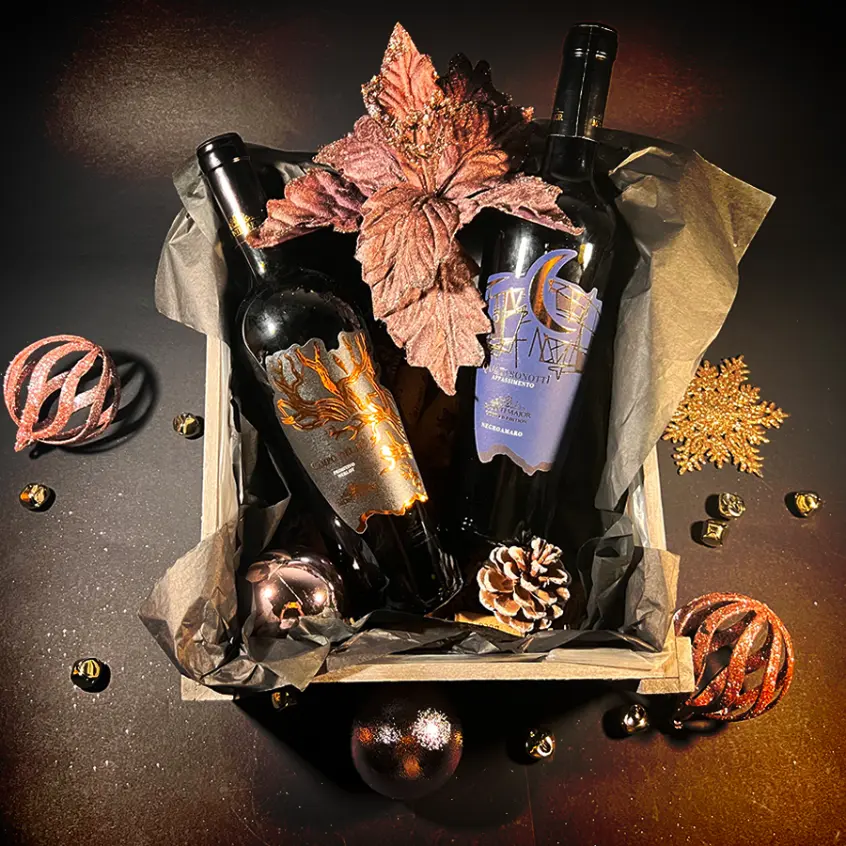Unlocking the Secrets of Great Wine Pairing:
5 Tips for a Memorable Culinary Experience
Pairing the right wine with your favorite dishes can elevate your dining experience to new heights.
The harmonious interplay of flavors between the food and the wine can enhance both components, creating a symphony of taste sensations.
To help you master the art of wine pairing, here are five secrets that will take your culinary adventures to the next level:
Consider the Intensity:
When matching wine with food, consider the intensity of both elements.
A
general rule of thumb is to pair lighter-bodied wines with delicate
dishes and heavier-bodied wines with bolder, richer flavors.
Lighter wines like Sauvignon Blanc or Pinot Noir complement lighter fare such as salads, seafood, and white meats, while full-bodied wines like Cabernet Sauvignon or Syrah shine alongside hearty dishes like grilled steaks or braised meats.
Balance Acidity:
Pay
attention to the acidity levels in both the wine and the food. A wine
with high acidity can refresh the palate and cut through rich or fatty
foods. For example, a crisp, acidic white wine like Riesling or a
vibrant Sauvignon Blanc can be a delightful match for dishes with tangy
sauces or creamy cheeses. Conversely, a low-acidity wine may work well
with dishes that have a naturally high acidity, such as tomato-based
pasta sauces or citrus-infused seafood.
Complement or Contrast Flavors:
Consider
whether you want the flavors of the wine to complement or contrast with
the flavors of the dish. Complementary pairing involves selecting a
wine that shares similar flavor profiles with the food. For instance, a
fruity Chardonnay can beautifully complement a buttery, herb-roasted
chicken. On the other hand, contrasting pairing involves choosing a wine
that provides a contrasting flavor profile to create a pleasant
balance. For example, a crisp, dry Rosé can provide a refreshing
contrast to spicy Mexican cuisine.
Match Sweetness Levels:
When
it comes to pairing wine with desserts or dishes with a hint of
sweetness, it's important to match the sweetness levels. A sweet dessert
wine, such as a late-harvest Riesling or a luscious Port,
can be the perfect companion for a decadent chocolate cake or fruity
dessert. However, be mindful not to pair a sweet wine with a dish that
is significantly sweeter, as it can make the wine taste less sweet and
lose its balance.
Trust Your Palate:
Ultimately, trust your own taste buds and preferences.
Everyone's
palate is unique, and what works for one person may not work for
another. Experiment, explore, and have fun with wine pairing.
Don't
be afraid to step outside of traditional pairings and try something
unexpected. Your personal enjoyment and satisfaction are what truly
matter.
By keeping these secrets in mind, you'll be well-equipped to create memorable wine and food pairings that enhance your culinary experiences.
Cheers to the exciting journey of discovering the perfect wine companion for every dish!
